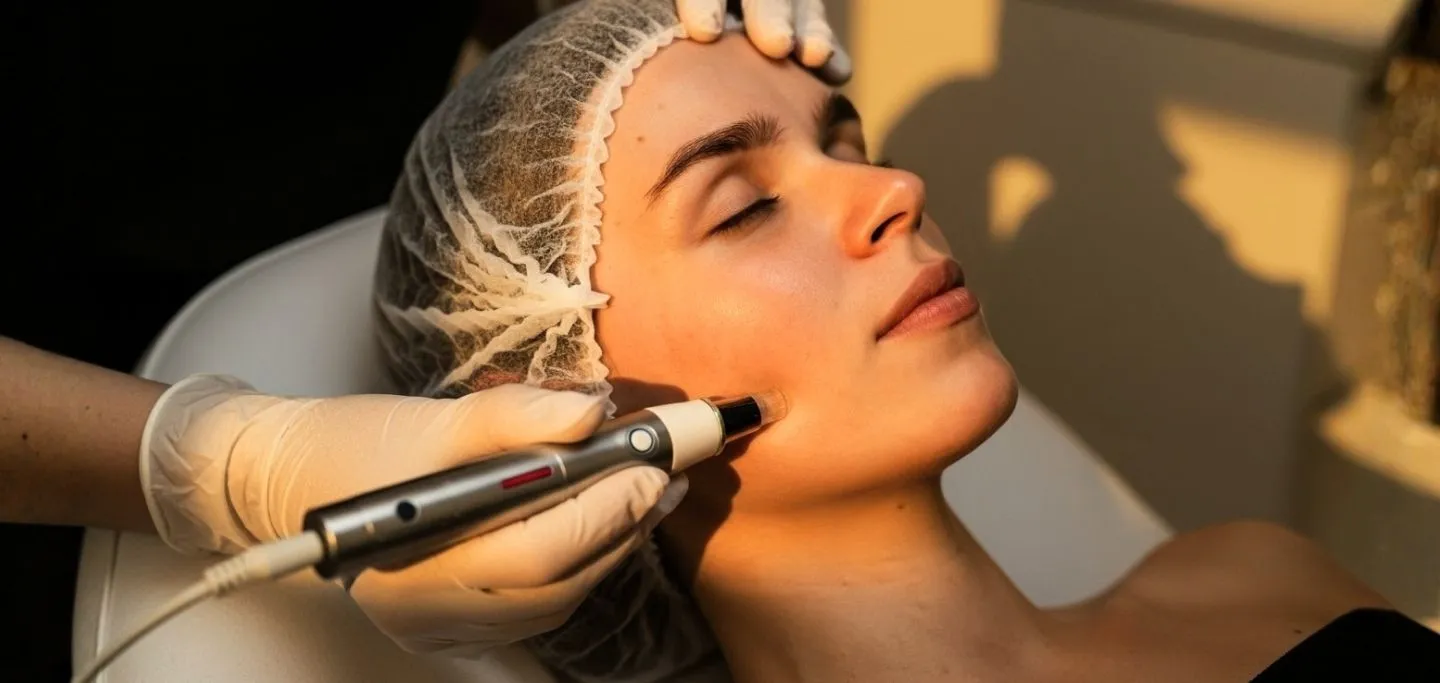
How many jars of “miracle” cream does it take to erase acne scars or stretch marks? Maybe you lost count years ago, stacking them in your bathroom like trophies for hope. Each one arrives with glossy promises, fades away, and is quietly replaced by the next. So when something called collagen induction therapy wanders onto the scene, claiming it’s different, the question isn’t just “is it worth your attention”, but it’s why you’re still searching for something that finally delivers.
Maybe it’s time to stop chasing promises and start understanding how your skin actually heals.

Microneedling’s role in skin remodeling and collagen repair centers on what happens after treatment: each precise micro-injury initiates a complex but natural wound-healing cascade. This starts with the inflammatory phase, where growth factors and immune cells enter the area to clear damage and signal repair. Next is the proliferative stage, when fibroblasts (cells vital for structural proteins) multiply and synthesize new collagen and elastin (Jaiswal & Jawade, 2024).
It is this surge in collagen types I, III, and VII that underpins the visible tightening and textural changes of the skin, promoting both resilience and youthfulness (Iconic Laser Clinic, 2025).
Unlike more aggressive procedures that damage or remove skin’s surface, microneedling preserves the epidermis, ensuring safer recovery. The result is not only enhanced collagen deposition but also increased vascularity, which improves circulation and nutrient delivery to healing skin (Jaiswal & Jawade, 2024). This controlled repair is what makes microneedling especially valuable for stubborn concerns like atrophic scars and stretch marks—driving substantive improvements in both strength and appearance without significant downtime or complications (Singh, 2016; Jaiswal & Jawade, 2024; Iconic Laser Clinic, 2025).
Microneedling is widely regarded as one of the safest skin rejuvenation procedures available today. While mild redness, swelling, dryness, or temporary sensitivity are common in the days after treatment, these reactions usually fade quickly. Serious complications such as bruising, infection, or pigmentation changes are rare and typically occur only when proper aftercare or professional technique is lacking (Medical News Today, 2019; FDA, 2021).

Common side effects such as light irritation and redness resolve within a few days and mark normal healing rather than harm (Healthline, 2018; Cleveland Clinic, 2025).
When performed by a licensed professional, risks of infection, scarring, or pigmentation changes remain extremely low, thanks to sterile tools and clinical-grade precision (FDA, 2021; PMC, 2024).


The benefits, including smoother texture, improved firmness, and reduced scars or stretch marks, last far longer than the brief post-treatment recovery period (Jaiswal & Jawade, 2024; Medical News Today, 2019).
For most patients, these short-lived effects are a minor trade-off for the proven, long-term skin renewal that microneedling consistently delivers.
Can we just be honest? Instant fixes don’t last, and most treatments only skim the surface. Microneedling goes deeper, wakes up dormant collagen, and sets real change in motion. If lasting results matter, patience and biology win every time.